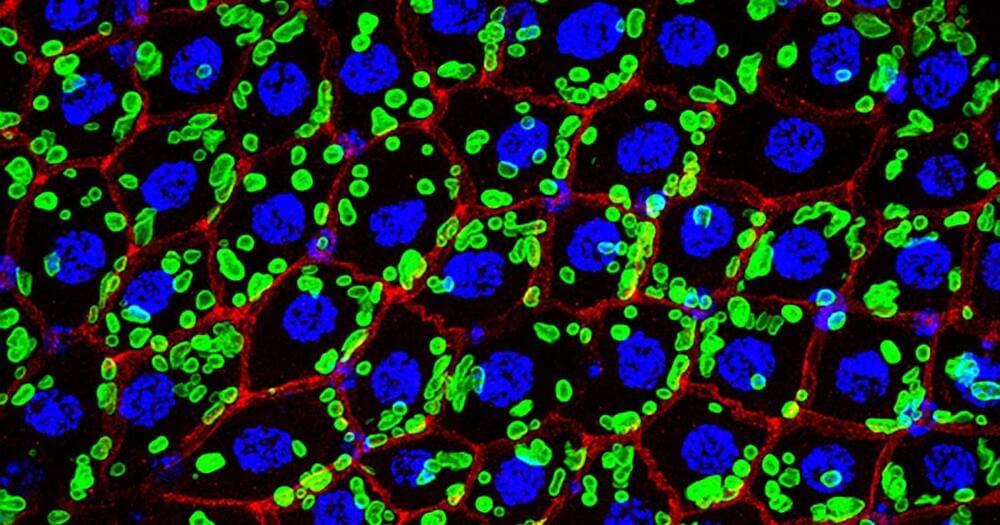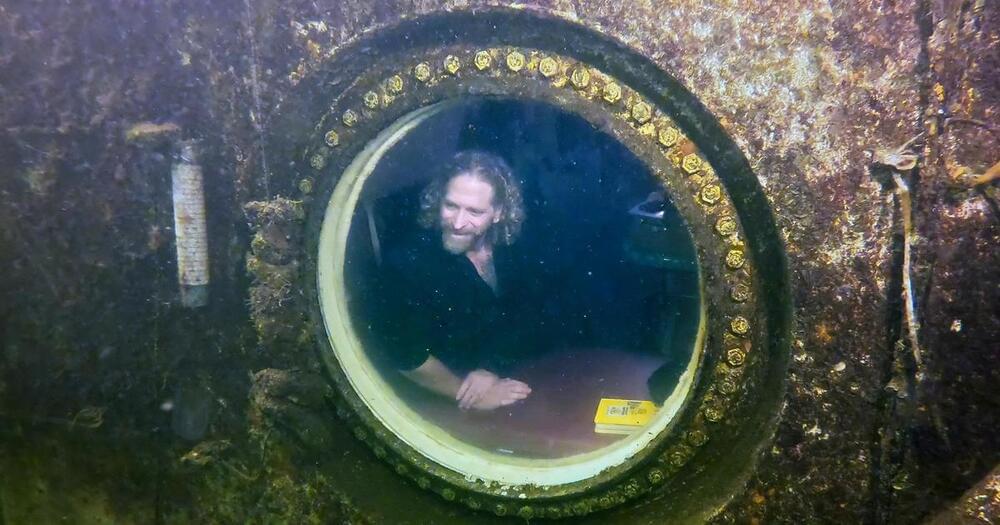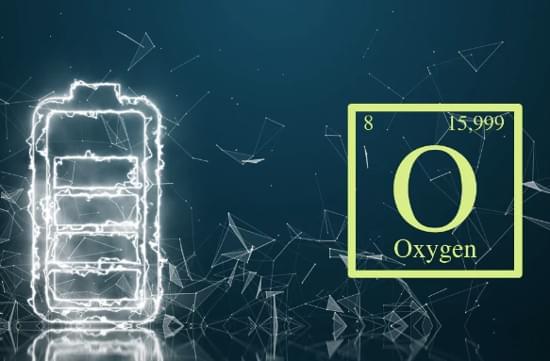Hydrogen? 🤔
CEO — Angelo Kafantaris discuses the various components of Hyperion and the space age technology in the XP-1. This is just the beginning of what is to come!
Hydrogen? 🤔
CEO — Angelo Kafantaris discuses the various components of Hyperion and the space age technology in the XP-1. This is just the beginning of what is to come!

A Google AI document was leaked a few days ago, with groundbreaking revelations where the tech giant admits to being outpaced by open source AI! This video takes you through the details of the leak, highlighting how open source solutions are rapidly closing the quality gap and are becoming more capable, faster, and more private than the AI models developed by industry leaders like Google and OpenAI. We delve into what this means for the future of AI development, focusing on the role of open-source models, LoRA (Low Rank Adaptation), and the growing influence of public involvement.
The full article can be found here:
https://natural20.com/google-ai-documents-leak/


Rockefeller University researchers have discovered a new organelle inside the gut cells of the fruit fly — a surprise discovery, staring us in the face, in one of the most well-studied animals in all of science.
The new organelle stockpiles phosphate, an electrolyte essential to life. When faced with a shortage, it releases its reservoir in the form of phospholipids, which are a key component of the membrane structure of cells.
“This is one of the first studies to actually find phosphate storage in an animal cell,” Rebekka Wild told Nature’s Gemma Conroy. A structural biologist at French state research organization the Centre national de la recherche scientifique, Wild was not involved with the study.

New communications technologies don’t come with user’s manuals. They are primitive, while old tech is refined. So critics attack. The critic’s job is easier than the practitioner’s: they score with the fearful by comparing the infancy of the new medium with the perfected medium it threatens. But of course, the practitioner wins. In the end, we always assimilate to the new technology.
Here are 11 examples of fear and suspicion of new technology, spanning the history of communications.

In case you were wondering how that gem of a concept from last year’s I/O was doing, here’s a clue.

